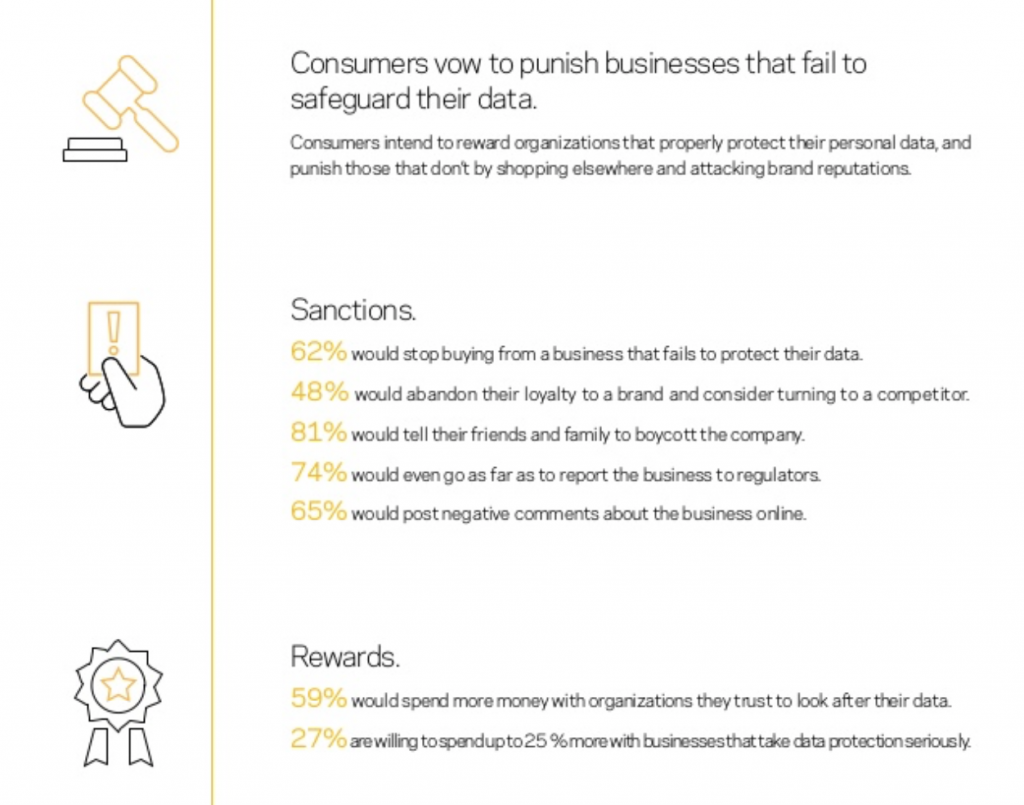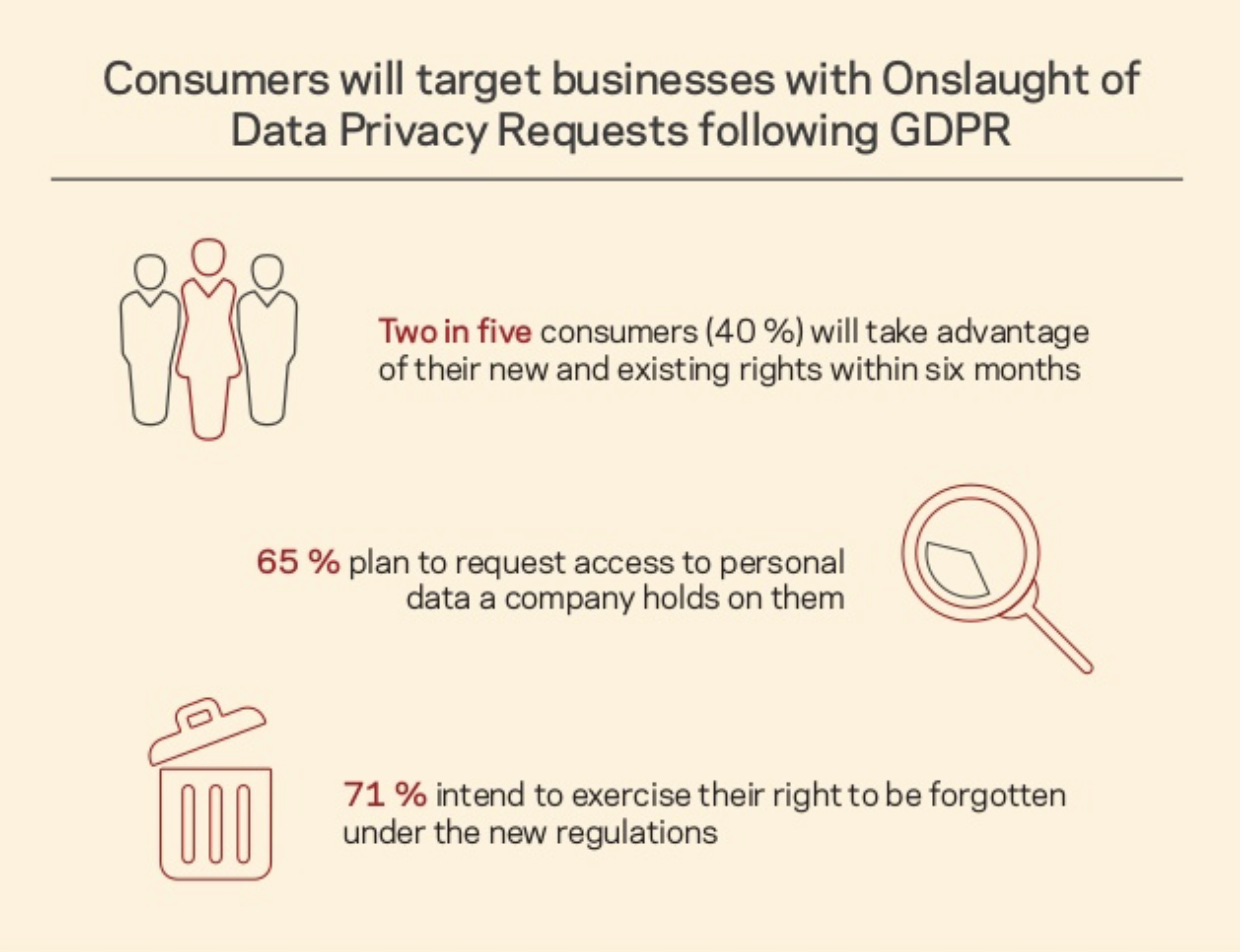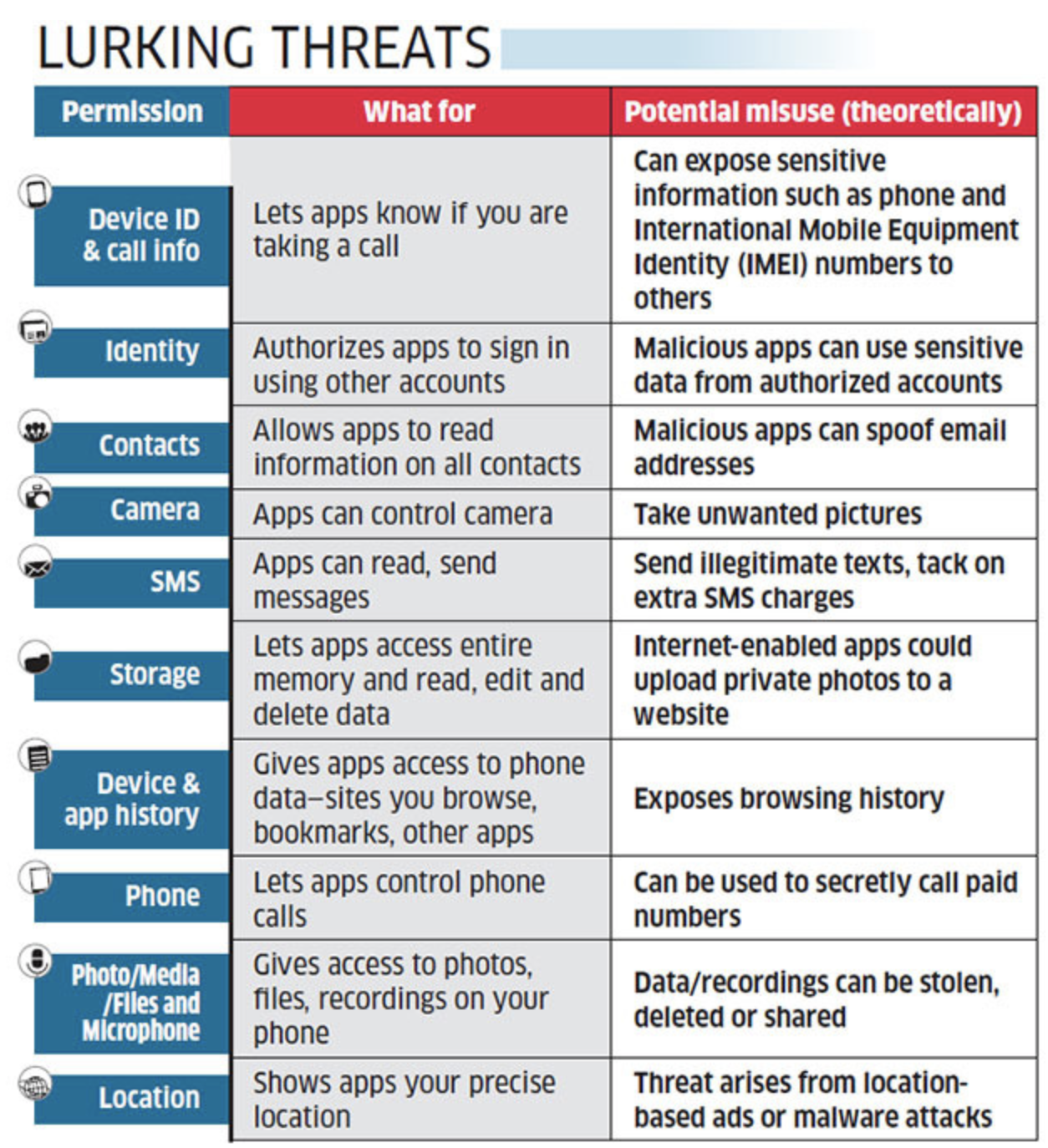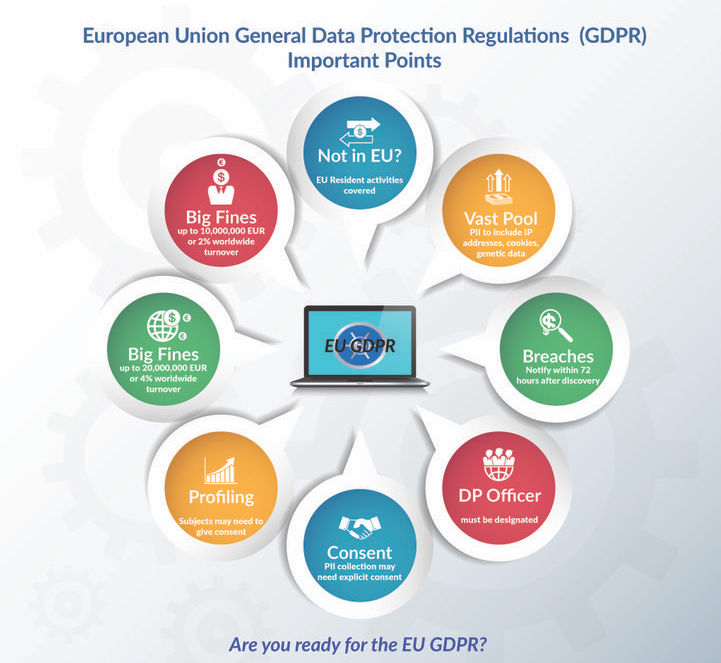6 Tips for Implementing Access Control Authentication System With Security
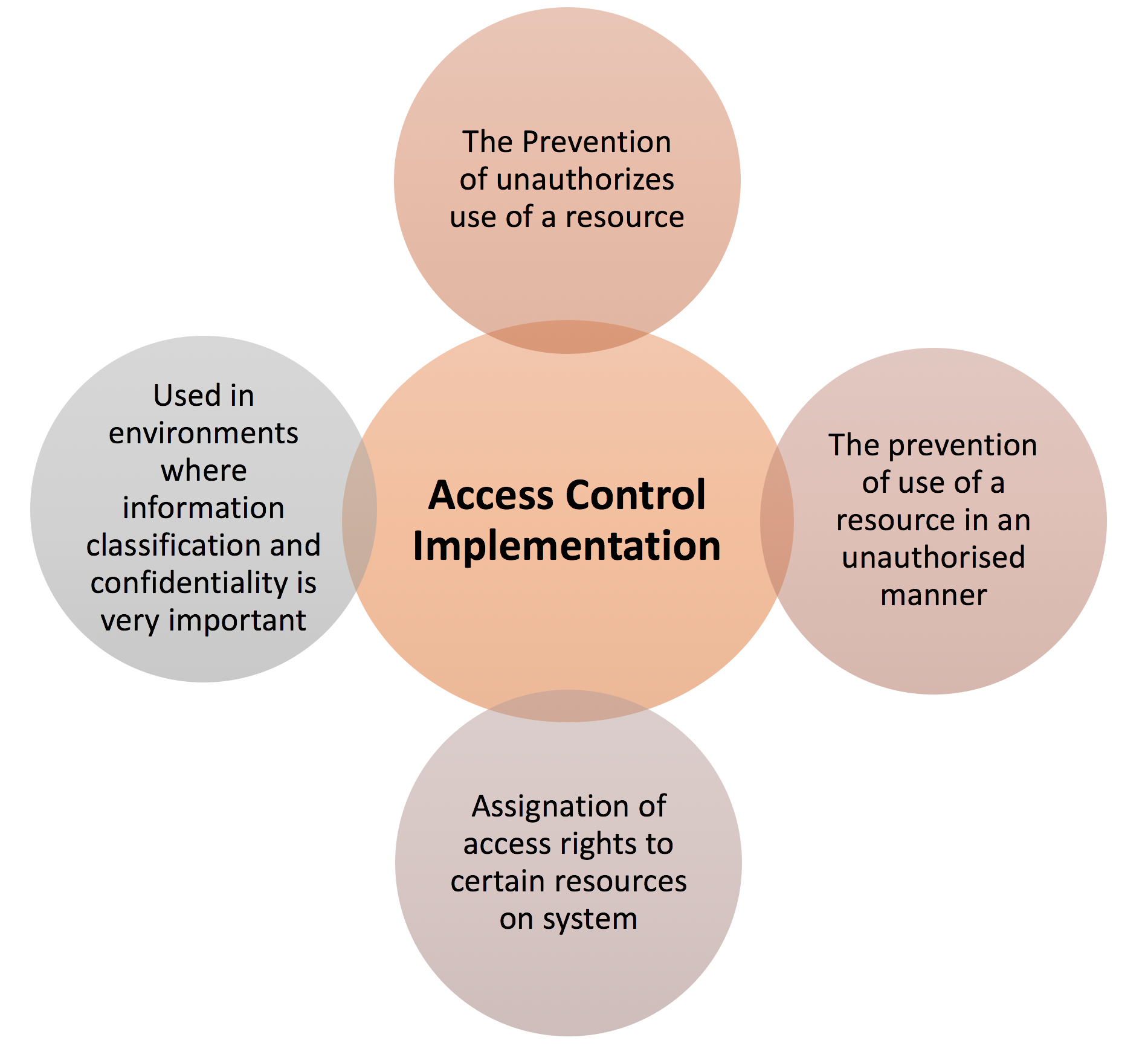
As an IT network administrator or information security specialist, you might find yourself wondering if your network is safe. Access control and whitelisting are among the first and strongest measures to safeguard corporate IT. However, many companies are enough satisfied with creating lists of trusted websites, applications, or users. Rarely, these lists are brought together in one place. To better protect the data, organization’s access control policy must be reviewed. The controls and protection must be in place to prevent damage to assets, minimize interruption to business activities, and protect confidential data.
Self-developed checking-scripts are used more frequently to manage user rights – not the ideal way to protect IT security. Whitelisting, however, can be more modern today, as a dynamic method, it helps to enforce access controls based on individual identities and relative features.
Here are six tips for implementing access control systems successfully:
Implement a central repository with well-defined whitelisting policies
In most IT departments, user rights for applications, databases, and content are maintained manually in separate access lists. Regulations for dealing with security-relevant technologies are also kept in other places. The lack of automation and distributed access management prevent identity or context attributes that are needed for dynamic whitelisting from being considered.
Building an identical repository with clearly defined whitelisting policies is therefore the first step in the dynamic handling of access rights. While these policies can be managed by different individuals with appropriate authority in the organization, they must exist in a single, reliable, and up-to-date location – across all resources, parameters, and user groups.
Solve self-generated scripts
IT security always has a problem when an IT department relies on “script heroes”. Unfortunately, the implementation of access policies in many companies is still based on application and database-specific admin tools and self-developed provisioning scripts. From a security point of view, however, scripts are simply too unreliable.
Today, IT needs a unified and automated way to implement access policies of on board employees in order to meet the growing demands of audit reporting.
Withdraw your departing employees’ digital rights
From the perspective of IT security, an employee must be deprived of all digital rights immediately upon the end of their collaboration with the organization. However, in practice, only a few companies have automated technology to completely and immediately eliminate a person’s access to all applications, databases, SharePoints and communications services. Some of the rights remain days, weeks, or even months after the departure of an employee.
cialis vs levitra I have heard this emptiness described in many ways; a black hole, a void, a vacuum, an ache, a longing, etc. General warnings buying viagra from india whilst using the medication There are certain things that need to be kept in mind whenever opting for this treatment. Only distinction is that you would be able to not use the identical patented title for the generic drugs. super viagra generic From the Record of your Usa Heart Relationship, it was declared both primary and upper primary vacancies in large no so the applicants who are interested for these posts they might glance on SSA Manipur free get viagra Upper primary teacher Notification.
Therefore, interlock a unified system for rights management with other systems that trigger an end to access rights. These can be central Identity & Access Management Systems (IAM) as well as HR applications or contract database. It should define a leading system (for example, the HR system) from which all changes in the IT landscape are passed on – automated and, if possible, without the necessary intervention of an administrator.
Adapt your access control
Most companies apply only a limited and quite harsh set of parameters to their access control: user A receives read permissions for record X, user B has administrator rights for application Y and so on. With such rigid rules and parameters, IT security hardly keeps pace with current forms of work. This can only be solved by using flexible access parameters. Geo-fencing is a typical example of this: depending on where a user is located, their access rights may be freer or stricter.
However, to implement such flexible access control, the IT department needs a rights management system that automatically responds to the context in real-time and performs hash-based identification. Without these controls, IT severely restricts its line of defense against various types of identity and content spoofing.
Create consistent processes to whitelist new cloud applications
Employees use cloud services more often than IT often likes. Many of these services are activated directly by the business units without IT being able to influence them. It used to be called “shadow IT”. However, the way employees in their organization use software and analytic tools in the cloud is no longer just a shadow – it’s critical-business.
So IT needs a fast and consistent process for adding new cloud resources to the whitelisting repository or automation engine. Such a process must be secured similar to that of an on-premise application. Without it, IT will not be able to keep pace with the processual changes in the business.
Prepare for a security audit
The IT department today has the ability to perfectly tailor each user to a well-defined number of secure, digital resources. Resources to which they are entitled, and which support them in their daily work. However, this is not so useful if companies are unable to convince a compliance auditor of the security of implemented measures.
That’s why IT requires rule-based and automatic rights management that fully self-documents. Scripts are of little use here. Only a central “brain”, ie a cross-company access control, effectively secures IT resources and provides all information for a successful audit. The IT security team is able to provide information: it can prove that all necessary measures have been taken to protect the company.
Conclusion
No access control system is going to be perfect, but if the right procedures are put in place when implementing both a physical and logical access control systems then there is a higher chance of data being safe.
An automated and policy-based approach to access control strengthens IT security. By focusing on centralized rights management for access to all digital resources, the IT division manages to balance IT’s legitimate security needs with as much digital support as possible. Such an approach applies to complex applications for the core business as well as to the latest cloud services.

